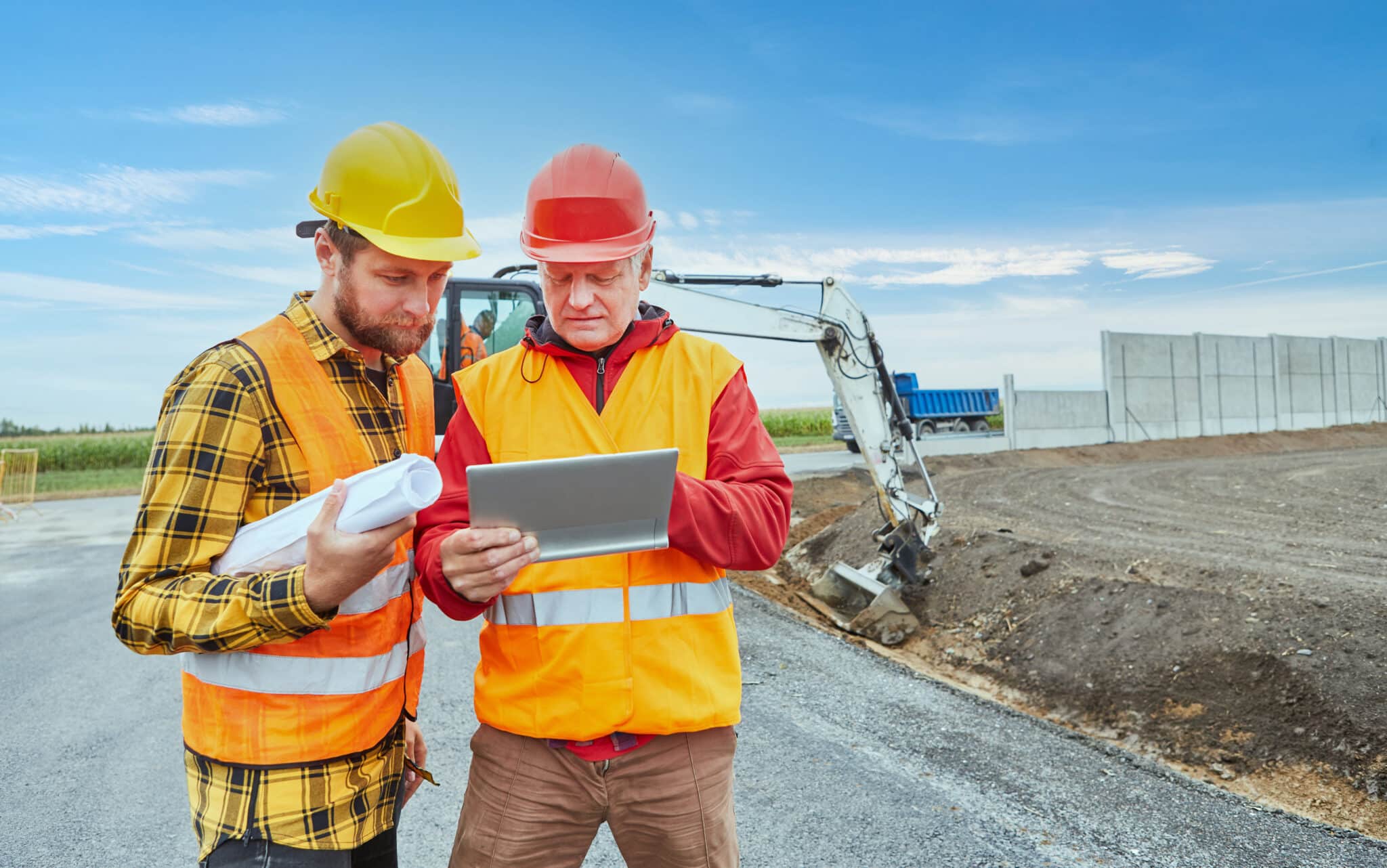Acompáñenos en este seminario web en el que aprenderá cómo puede utilizar los datos de gravedad y resistividad para mapear cavidades del subsuelo y de las zonas de baja densidad.
Los datos de resistividad se invertirán en Res2DInv, mientras que los datos de gravedad se procesarán con Oasis montaj y se invertirán con VOXI. Correlacionaremos los dos resultados con los datos de perforación modelados en Leapfrog.
Hay varias iniciativas de investigación que nos han mostrado cómo se pueden utilizar los métodos geofísicos para detectar y caracterizar vacíos cerca de la superficie y de los socavamientos. La idoneidad de un método geofísico para esta aplicación suele depender de la forma, del tamaño y de la profundidad del vacío, incluido el contenido con el que está relleno. Durante el seminario web, usaremos imágenes de resistividad eléctrica (Electrical Resistivity Imaging, ERI) y gravedad terrestre para mapear los vacíos y las cavidades que podrían haberse formado por el socavamiento.
Explicaremos las características únicas de las áreas socavadas llenas de agua; para ello, analizaremos la resistividad eléctrica y la densidad más bajas, así como los vacíos llenos de aire, generalmente caracterizados por una mayor resistividad eléctrica. También hablaremos de los vacíos asociados a la minería del carbón, conocidos por estar a menudo llenos de agua ácida de la mina, lo que los hace conductores y tienen una firma de baja resistividad.
Al final del seminario web, podrá hacer lo siguiente con seguridad:
- Elegir una técnica geofísica aplicable.
- Utilizar un flujo de trabajo integrado que incluye Oasis montaj, Res2DInv, VOXI y Leapfrog Geo para delinear las cavidades de manera eficaz.
- Comprender los resultados de su encuesta y aplicarlos de manera eficiente para delinear posibles cavidades.
Descripción general
Oradores
Victor Mapuranga
Geofísico de Seequent
Duración
42:53 minutos






